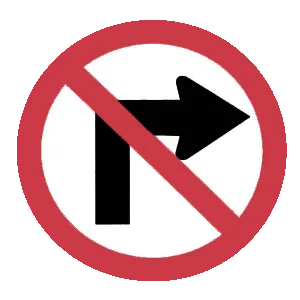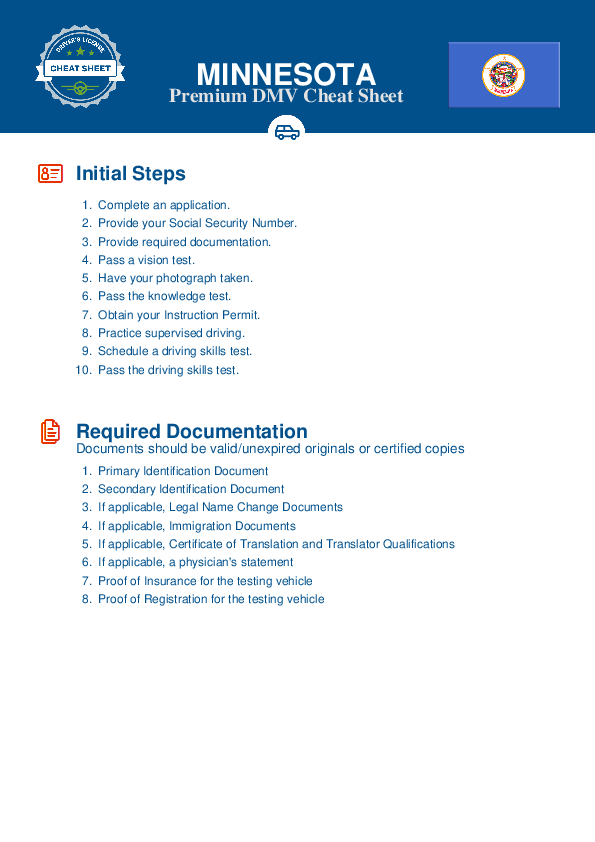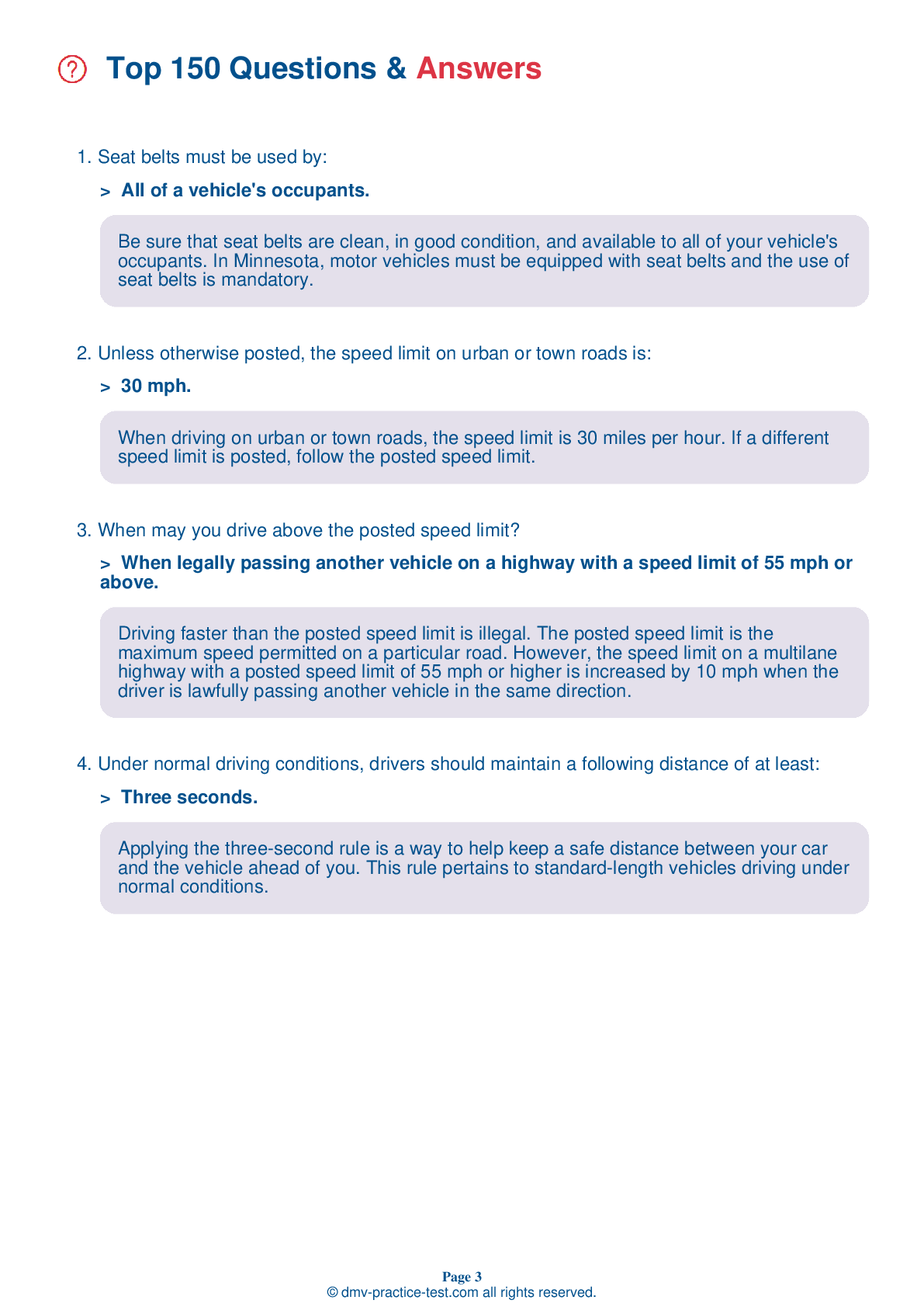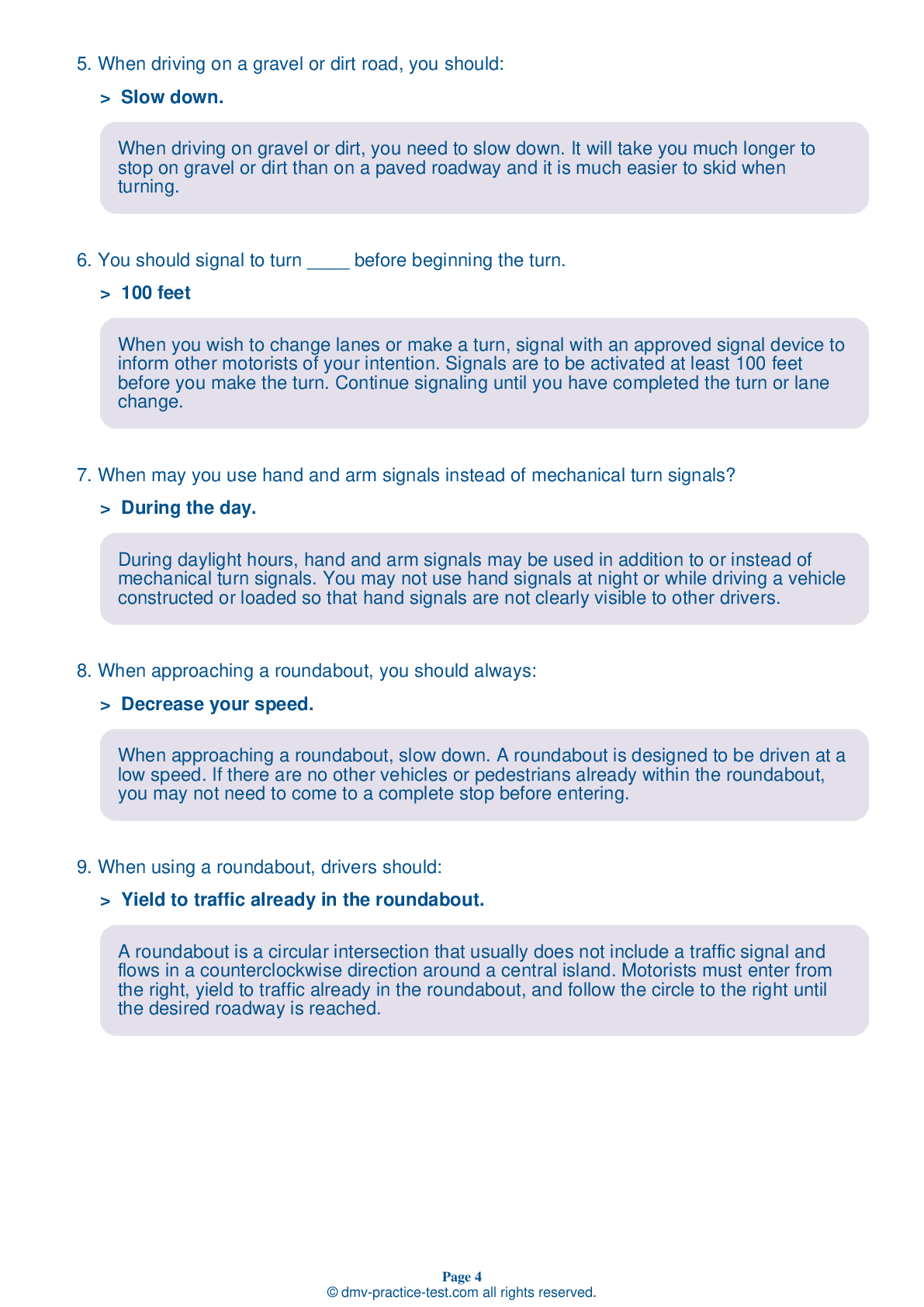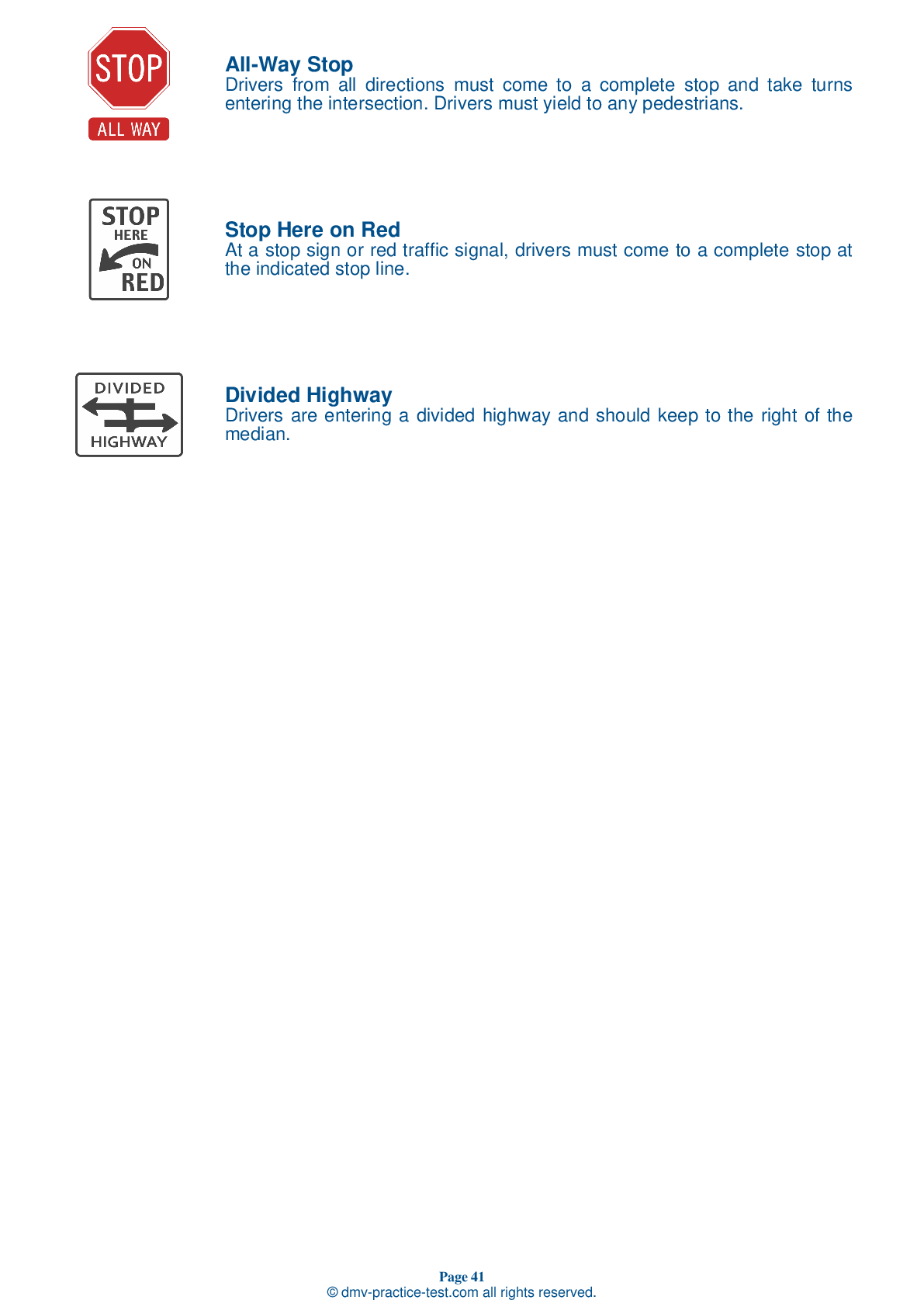FREE Minnesota DMV Practice Test #14 Page 3 of 5
The Minnesota DMV practise examinations have been updated for January 2025. It includes questions based on the Minnesota Driver Handbook's most essential traffic signals and laws for 2025. Use actual questions that are very similar (often identical!) to the DMV driving permit test and driver's licence exam to study for the DMV driving permit test and driver's licence exam.
On the practise exam, each question gets a tip and explanation to help you remember the concepts. The written component of the official Minnesota DMV test will include questions about traffic rules, traffic signs, and driving statutes, as well as knowledge from the Driver Handbook.
To obtain a passing grade, you must correctly answer 32 of the 40 questions. To help you prepare for your instruction permit or driver's licence, take our Minnesota DMV practise test.
The DMV exam is available in several languages.
Using any kind of testing assistance will result in an automatic fail, and the DMV may take additional action against your driver's licence, so stay away from it.
17 . A steady yellow light at an intersection means:
A steady yellow light indicates that a steady red light will soon appear. If you are driving toward an intersection and a yellow light appears, slow down and prepare to stop. If you are already within the intersection or cannot stop safely before entering the intersection, continue through carefully.
18 . The faster the speed of your vehicle, the longer it takes to stop when you must react to other drivers' unexpected movements.
The faster you are driving, the longer it will take for you to stop to react to other drivers' unexpected moves.
19 . You are involved in an accident and your vehicle is blocking traffic. You should:
After a minor collision, move your vehicle off the traveled portion of the roadway, if possible. Do not leave the scene of an accident without identifying yourself and rendering assistance.
20 . A third conviction of driving while intoxicated (DWI), or a third refusal to submit to a test determining blood alcohol concentration (BAC), will result in:
A third conviction of driving while intoxicated (DWI), or a third refusal to submit to a test determining blood alcohol concentration (BAC), will result in several legal penalties. The driver will have their license revoked and canceled for a minimum of three years, have their vehicle and plates impounded, face jail time for up to a year, and/or be charged a fine of $3,000. If after three years the driver chooses to reapply for a license, they will face required enrollment in the Ignition Interlock Device Program.
22 . Unless otherwise posted, the speed limit on urban or town roads is:
When driving on urban or town roads, the speed limit is 30 miles per hour. If a different speed limit is posted, follow the posted speed limit.
23 . How can you help prevent rear-end collisions?
Stopping suddenly can make it difficult for drivers behind you to avoid a rear-end collision. When stopping, release the accelerator to allow your vehicle to slow. Press the brake pedal by applying steady pressure, activating your brake lights and causing the vehicle to stop smoothly.
24 . Which of the following statements is true?
Motorcycles are entitled to the width of a full lane. Be sure your vehicle is entirely in the left lane before attempting to pass a motorcycle on the left.
Need Car Insurance? No problem!
Compare the best rates in Minnesota and find a personalized policy that meets your needs.
1. Are You Currently insured ?
2. Married ?
3. Do you own your Home?
4. Do you have more than 1 car ?
5. Have you or a Family Member Honorably Served in U.S. Military ?
6. Your Name
7. Age
8. Zip code
IMPORTANT REMINDER:Auto Insurance is Mandatory to drive in Minnesota. Get covered before you hit the road to avoid any fines.
Ranked by best match
